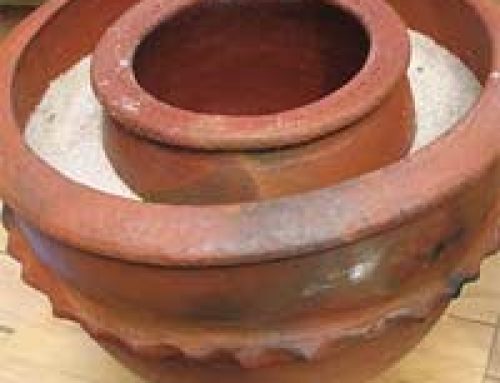
Baking bread is easy. When you bake your own bread you can guarantee exactly what goes into it and have a fresh, organic loaf at a snip of the price you would pay in the supermarket. What’s more, the smell of baking bread is irresistible.
Using a Bread Maker
There are thousands of recipes for bread, ranging from a simple wholemeal loaf to French bread and Italian focaccia. If you invest in a bread maker you will be able to replicate these recipes easily. You may even find that the bread maker comes with a recipe book and pre-set kneading and cooking times, so you just need to add the ingredients, pres a button and go.
A bread maker is very useful for the busy household as it allows you to get on with other jobs. Bread makers range in price from £25-£150, depending on features such as a nut dispenser, bake-only settings (primarily used to bake cakes) and dough settings (for anything from pizzas, pitta breads and French breads).
Baking Bread by Hand
Baking bread by hand is enormously satisfying. The process involves taking flour, yeast, water sugar and salt and turning them into a delicious loaf of bread. The process may take up to six hours, but the resulting crusty, warm, soft loaf is well worth it.
Basic Bread Recipe
If you have not baked bread before, it’s important to start with a simple recipe. Then, once you have perfected it, you can move on to more complicated recipes, for example making fruit or seed breads or Italian or French breads.
The most important part of the bread making process is choosing the right yeast. If you choose the wrong yeast, your bread will not rise, and you will be faced with a disappointing loaf. If you are making bread by hand, use fresh yeast or dried yeast (which will need to be mixed with warm water and sugar to activate it).
To start with, take 300ml warm water and add1 tsp of sugar, stirring it to dissolve it. Then add 2tsp yeast. Leave the mixture in a warm area for 5-10 minutes, until it becomes frothy. Then add 3 tbsp of oil or melted butter, 1tsp salt and 2tsp sugar. Mix the ingredients together, and then add 100g strong white flour, mixing all the ingredients thoroughly, to form a kind of batter.
Add a further 200g white flour to the mixture and mix it into a dough. If the dough is too sticky, add more flour. Keep adding flour until the dough comes away from the bowl easily, but sticks together and is pliable (if you go too far and the dough is too dry, add a little warm water).
Turn the dough onto a floured surface and let it sit for ten minutes. Then knead the dough for around five to ten minutes by repeatedly flattening it and folding it over itself. If the dough is too sticky, add a sprinkling of flour.
After kneading, roll the bread into a ball and place it in a greased bowl, covering the ball in a thin film of grease. Cover the bowl with a clean tea towel and leave it in a warm spot, such as an airing cupboard for at least one hour.
After an hour or so, the dough will have risen considerably. Turn the dough out onto a floured surface and knead it back to deflate it, for around five minutes. Then leave it to rise for a further half an hour.
Shaping the Loaves
Divide the dough into two parts and let them rest for 10 minutes. Then shape them into loaves and put them into greased bread tins. Cook for around 45 minutes on a high temperature (around 450 Fahrenheit, 230 Celsius, Gas Mark 8). Let the loaves rise until the bread has risen approximately 5cm above the tops of the tins.
When the loaves are baked, remove them from the oven and take them out of the bread tins immediately. Set them on wire racks so that air can circulate around them.
Once you have perfected this recipe, you should be ready to explore with other bread recipes, such as rolls and more complicated recipes.





How long does bread made this way last?
which is the best way of preserving thi bread?